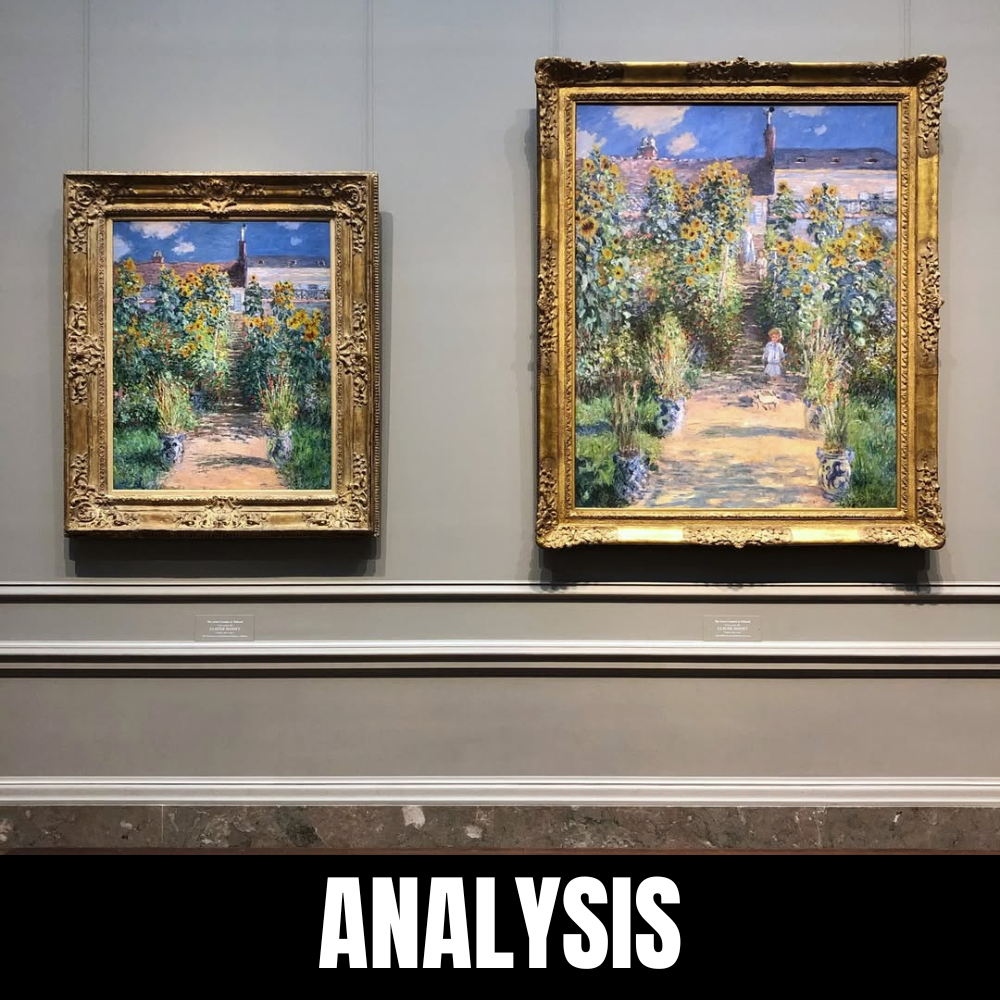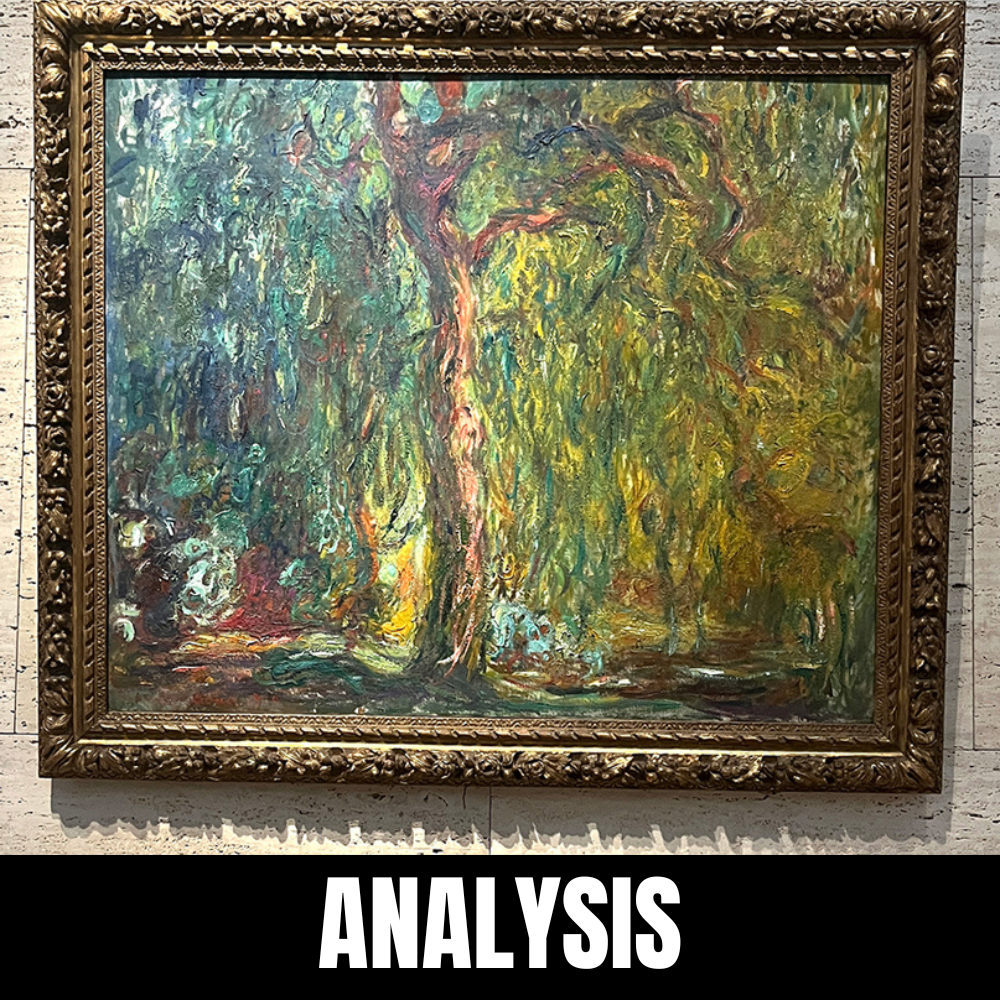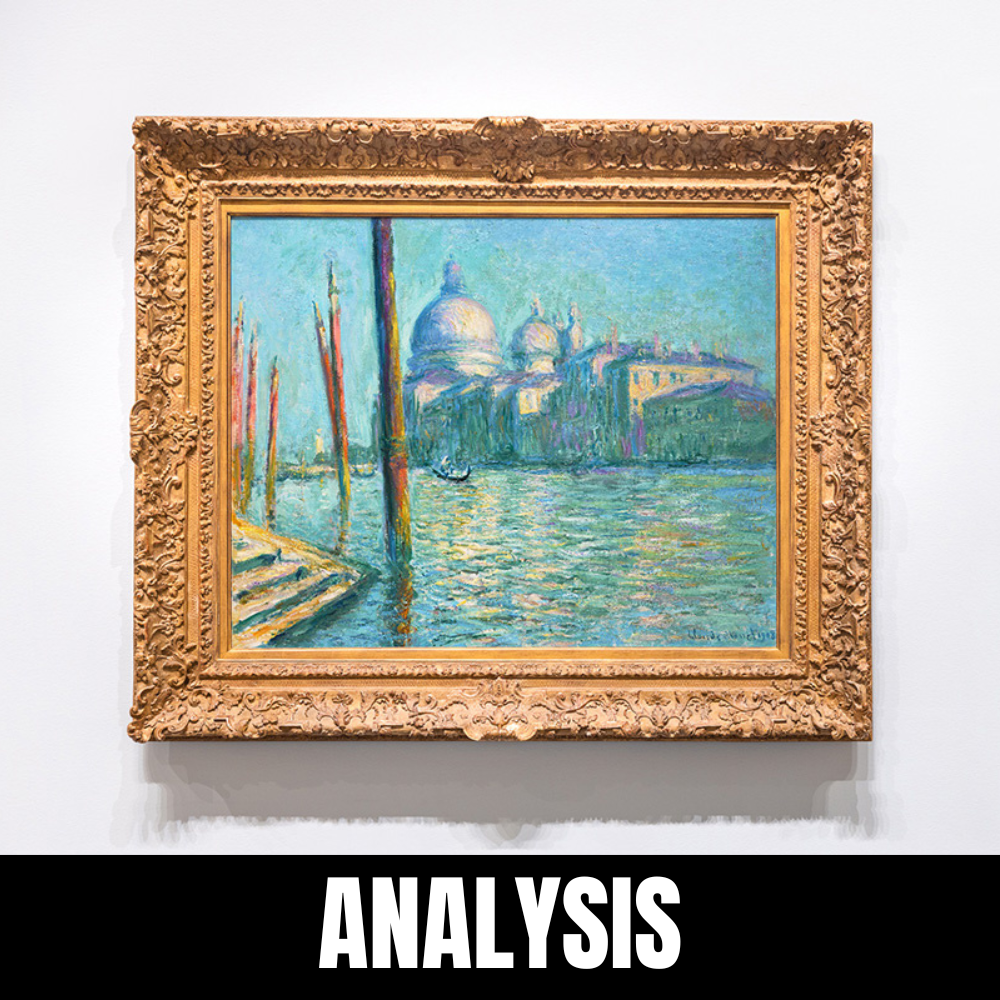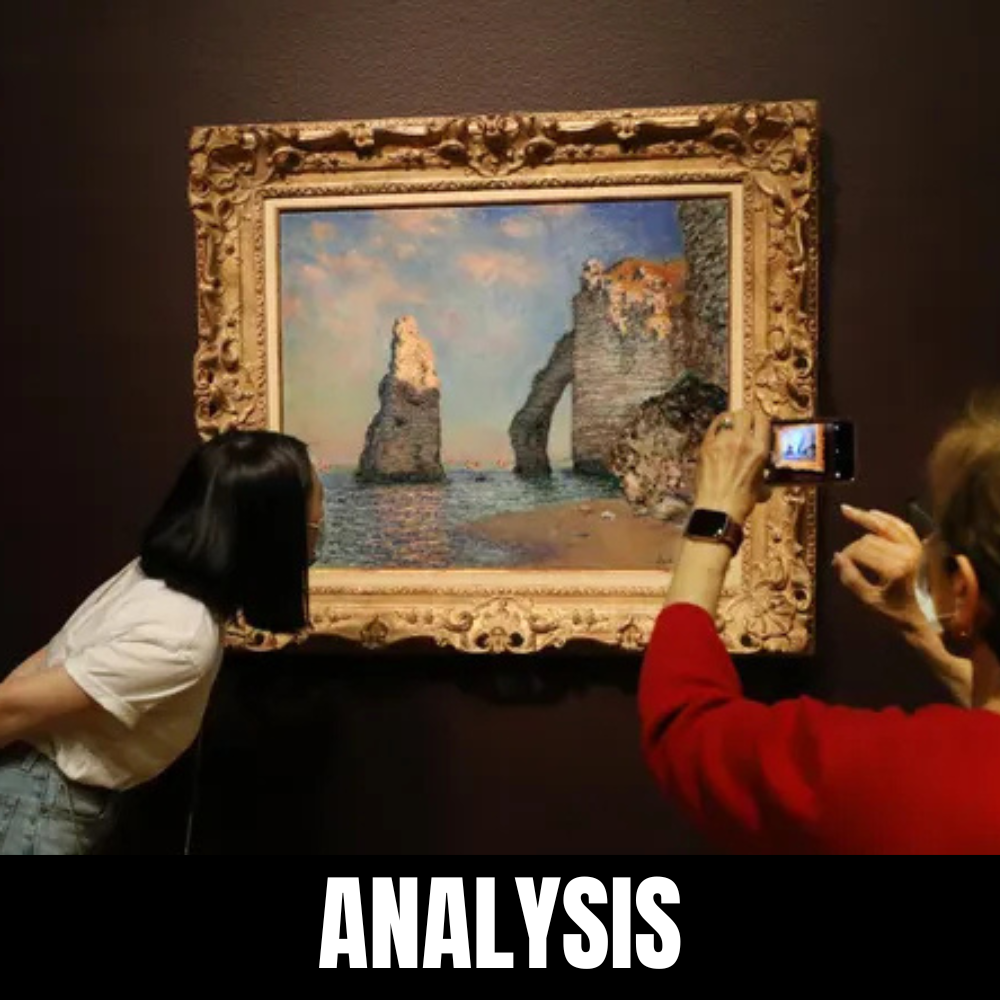Your cart is currently empty!

Composition with Red, Blue, and Yellow – Mondrian
This oil painting reproduction of Composition with Red, Blue, and Yellow by Mondrian is a stunning piece that captures the essence of modern art in a timeless and elegant way. Crafted with the highest quality materials and meticulous attention to detail, this reproduction showcases the vibrant colors and geometric shapes that Mondrian is renowned for.
Each brushstroke is carefully applied by s…
Neo-Plasticism in Piet Mondrian’s Composition with Red, Blue, and Yellow
Piet Mondrian, a key figure in the development of modern art, is best known for his pioneering work in abstract painting and his contribution to the artistic movement known as Neo-Plasticism. Emerging in the early 20th century, Neo-Plasticism sought to express a universal visual language through abstract forms, primary colors, and a structured approach to composition. One of Mondrian’s most significant works, Composition with Red, Blue, and Yellow, serves as a quintessential example of this movement, showcasing the interplay of contrasting elements, the balance of form and color, and the profound ideas underlying his artistic philosophy.
The Essence of Neo-Plasticism
At its core, Neo-Plasticism is characterized by the use of geometric forms and a limited color palette, which primarily consists of black, white, and the three primary colors: red, blue, and yellow. Mondrian believed that these elements could convey universal truths, transcending individual expression and personal emotion. His goal was to create a visual language that could resonate with all viewers, a departure from the more representational art of the past.
In Composition with Red, Blue, and Yellow, Mondrian employs these fundamental colors and shapes to construct a composition that is both visually striking and conceptually rich. The painting is a study in simplicity, yet it reveals the complexity of relationships between colors, shapes, and the spaces they inhabit.
Relational Opposites: A Study in Contrast
One of the most intriguing aspects of Mondrian’s work is his exploration of relational opposites. In Composition with Red, Blue, and Yellow, the contrasts of color, size, and position are evident and play a vital role in the overall impact of the painting. The primary colors of red, blue, and yellow are juxtaposed against the starkness of black and white, creating a vibrant visual dialogue.
The rectangles in the composition vary in size, with the prominent red square demanding attention while simultaneously balancing the other colored shapes. This asymmetrical arrangement is critical in Mondrian’s pursuit of dynamic tension, as it prevents the composition from feeling static. Instead, the viewer’s eye is drawn across the canvas, exploring the relationships between each shape and color.
Achieving Balance and Tension
The carefully considered arrangement of shapes and colors in Composition with Red, Blue, and Yellow achieves a sense of equilibrium while maintaining a dynamic tension. The thick black lines that outline the rectangles serve not only to define the boundaries of each color but also to create a graphic impact that reinforces the overall structure of the work. These lines are a signature element of Mondrian’s style, embodying his commitment to a clear and logical visual language.
The asymmetry in the placement of the rectangles contributes significantly to the painting’s dynamism. The balance achieved in the work is not one of uniformity but rather a harmony of contrasts. As noted by art historian Stephanie Chadwick, “Mondrian’s Composition with Red, Blue, and Yellow demonstrates his commitment to relational opposites, asymmetry, and pure planes of color. Mondrian composed this painting as a harmony of contrasts that signifies both balance and the tension of dynamic forces.”
The Importance of Primary Colors
The use of primary colors in Composition with Red, Blue, and Yellow reflects Neo-Plasticism’s emphasis on fundamental elements. The deliberate choice of black, white, red, blue, and yellow allows Mondrian to strip away any extraneous details, focusing instead on the essence of color and form. This approach aligns with his belief that pure, unadulterated colors could evoke deeper emotional and spiritual responses.
The painting serves as a perfect illustration of how Mondrian manipulated these primary colors to achieve a sense of visual harmony. The juxtaposition of the vibrant red against the cool blue creates an interplay that evokes movement and energy, while the white spaces provide necessary breathing room, allowing the viewer’s eye to rest and absorb the composition.
Comparisons with Other Works
Composition with Red, Blue, and Yellow bears a close resemblance to another of Mondrian’s 1930 paintings, Composition II in Red, Blue, and Yellow. Both works exemplify his characteristic use of primary colors and geometric shapes. However, subtle differences in the arrangement and scale of the rectangles can be observed, reflecting Mondrian’s ongoing exploration of form and composition.
The comparison of these two works provides valuable insights into Mondrian’s artistic development and the evolution of his ideas within the framework of Neo-Plasticism. Each piece showcases his commitment to creating a universal visual language, yet they also highlight the artist’s willingness to experiment and adapt his style over time.
The Historical Context of Neo-Plasticism
To fully appreciate the significance of Mondrian’s work, it is essential to understand the historical context in which Neo-Plasticism emerged. The early 20th century was marked by rapid social, political, and technological changes, which influenced artists across Europe. In response to the chaos of the times, Mondrian sought to create a sense of order and harmony through his art.
Neo-Plasticism was not only a reaction to the turmoil of the modern world but also an integral part of the broader avant-garde movements that sought to redefine artistic expression. By focusing on abstraction and reducing forms to their essential elements, Mondrian and his contemporaries paved the way for future artistic explorations, influencing movements such as Minimalism and Conceptual Art.
Further Research Opportunities
For those interested in exploring Mondrian’s artistic legacy further, a wealth of resources is available. Examining other artworks by Mondrian can provide deeper insights into his artistic development and the principles of Neo-Plasticism. Additionally, researching the historical context of the movement can shed light on its lasting influence on 20th-century art and design.
A comparative analysis of Composition with Red, Blue, and Yellow and Composition II in Red, Blue, and Yellow can reveal the nuances in Mondrian’s approach to color and form, enriching our understanding of his contributions to the world of art.
Conclusion
Piet Mondrian’s Composition with Red, Blue, and Yellow stands as a testament to the power of abstract art and the principles of Neo-Plasticism. Through his exploration of relational opposites, balance, and tension, Mondrian created a work that not only resonates with viewers on a visual level but also invites deeper contemplation of the fundamental elements of art. As art continues to evolve, the legacy of Mondrian and the ideals of Neo-Plasticism remain influential, reminding us of the enduring quest for harmony and clarity in a complex world.
Piet Mondrian
Piet Mondrian was a Dutch abstract painter and a key figure in the development of modern art, best known for his pioneering work in Neo-Plasticism, characterized by a grid of geometric shapes filled with primary colors and defined by thick black lines.





Leave a Reply